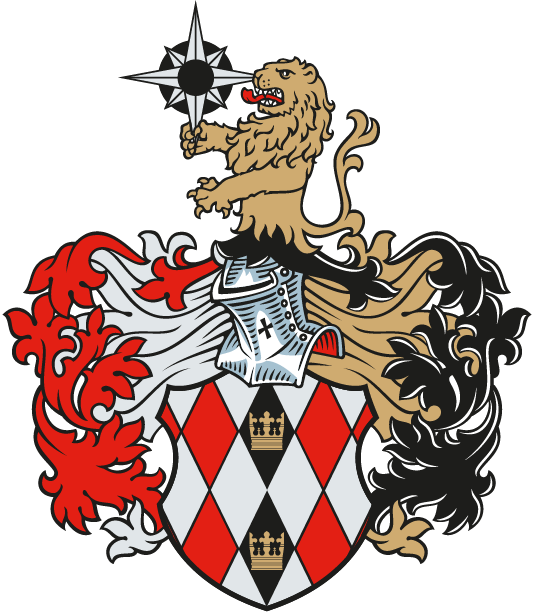

The announcement of Dubai Metro’s Blue Line has sent shockwaves through the property market, with rental prices jumping up to 43% in some communities along the proposed route. As construction ramps up and connectivity promises become tangible, residents and investors alike are flocking to neighborhoods once considered off the radar. From Al Qusais to Dubai Silicon Oasis, the metro’s magnetic pull is reshaping the city’s real estate landscape—fast.
The sun bakes the asphalt in Al Qusais, but the buzz in the real estate office is electric. 'Another inquiry for a two-bedroom near the future station!' a broker calls out, eyes gleaming. The Dubai Metro Blue Line hasn’t even broken ground yet, but here, on the dusty edge of the city, the future has already arrived.
In December 2023, Dubai unveiled plans for the new 30-kilometer Blue Line—an ambitious addition to the city’s already robust metro network. Connecting 14 stations across key residential and commercial hubs, including International City, Silicon Oasis, and Academic City, the line is poised to reshape mobility for over a million residents. But even before the first tunnel is dug, property prices have surged along its path like a rising tide.
'Rents in some pockets have jumped by 30 to 43 percent in just a year,' says a senior analyst at the real estate company of Die Geissens, one of the UAE’s top real estate consultancies. The biggest spikes? Areas like Al Qusais and Muhaisnah, where affordability used to be the key attraction. Now, proximity to the future metro is the new currency of value.
Take Muhaisnah 4, for instance. Once a quiet, working-class enclave, it’s now in the spotlight. A studio that went for AED 25,000 last year is fetching over AED 35,000 today. That’s not just a market fluctuation—it’s a seismic shift. The cause? Anticipation. 'People are betting on the future, and the metro is a game-changer,' says the broker. 'It’s like buying gold before the rush.'
In Silicon Oasis, long seen as a tech hub but with limited connectivity, the mood has transformed. 'We’ve had a 28% rise in average rents,' says a leasing agent at a local firm. 'People who work in Business Bay or Downtown are finally considering living here because soon, it won’t mean a 45-minute car ride.'
Even International City, often overlooked by high-end tenants, is seeing a renaissance. Greek Cluster, one of its sub-communities, saw rents climb from AED 23,000 to AED 31,000 for studios in the past year. The lure? A nearby Blue Line interchange that will link directly to the Red and Green Lines—effectively putting the district on the city’s central nervous system.
While some landlords are cashing in, tenants are feeling the squeeze. 'We used to have options,' says a nurse who has lived in Al Qusais for twelve years. 'Now, it’s either pay more or move out. But I want to stay near the metro. It changes everything.'
And it really does. The Blue Line isn’t just a transport project; it’s a vision of future urban life. With driverless trains, air-conditioned platforms, and seamless connections, it’s a symbol of Dubai’s high-tech ambitions. But more than that, it’s a magnet for development.
Developers are already adjusting their blueprints. New mid-rise buildings with metro-centric branding are being launched in Al Warqa and Mirdif. Billboard slogans blare: 'Step off the train, step into your home.'
For urban planners, the line also promises to ease east-west congestion and reduce car dependency. But for residents and investors, it’s the promise of access, appreciation, and lifestyle upgrades.
For investors, the Dubai Metro Blue Line presents a textbook case of infrastructure-led value acceleration. Historically, proximity to metro lines in Dubai has correlated with stronger rental yields and faster capital appreciation. The current surge—up to 43% rent increases in some areas—is occurring even before the first station is operational, underscoring the speculative confidence in this project.
Key communities along the line, such as Al Qusais, Muhaisnah, International City, and Silicon Oasis, were previously undervalued due to limited transport links. The Blue Line rewrites that narrative, bringing them into the fold of high-connectivity urban living. This shift is already prompting both institutional and individual investors to reassess their portfolios.
In short, the Blue Line is not just a transport upgrade—it’s a real estate catalyst. Investors looking toward 2024 and beyond should watch these nine communities closely. Timing, as always, will be everything.
